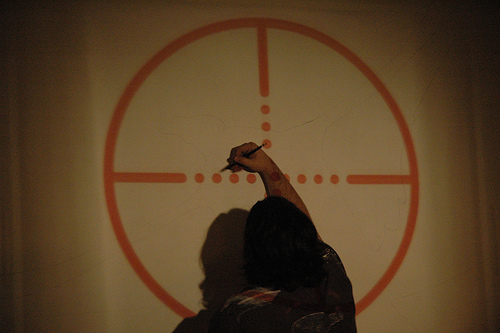Jason asked DHH – How big could 37Signals get? Could it beat Microsoft?
DHH was upbeat: “Absolutely – How many products does Microsoft have, 2? Well we have 4! We are already twice as good as MSFT”.
Jason returned with a cheeky reply: “[If you are going to beat Microsoft] you have to cut 2 products – cut the loser”.
That was back in 2010 and in one of the best episodes of TWIST you’ll ever see. 4 years later – last week, much to the alarm and admiration of the interwebs. 37Signals became Basecamp.
The PR stated:
However, because we’ve released so many products over the years, we’ve become a bit scattered, a bit diluted. Nobody does their best work when they’re spread too thin. We certainly don’t. We do our best work when we’re all focused on one thing.
Between 2010 and 2013, 37Signals had spawned and killed other products, yesterday they had 3 products, Basecamp + Campfire + Highrise, tomorrow — they’ll have only one.
…Moving forward, we will be a one product company. That product will be Basecamp. Our entire company will rally around Basecamp. With our whole team – from design to development to customer service to ops – focused on one thing, Basecamp will continue to get better in every direction and on every dimension.
In a repeat interview with Jason, in 2013, DHH let drop the new direction the company was taking. The direction of focus. He talked about having to ‘rein-in the employees’ at Basecamp, especially when they kept suggesting new features, or strategy for their cash cow product. In this way, the company managed to ship a very simple focused that appealed to their target customers, while slowly adding new power features.
Once, Joel Spolsky at a Business of Software conference talked about simplicity vs power (more about this in another post), joked about how simple it was to make a 37Signals product:
If you have a notepad, just make a html page and throw in <textarea> in there and you had a taste of a 37Signals product. It was that simple.
When a startup launches an MVP, fast – lean startup approach- the actual work is just beginning. This is the time you need to focus to improve, time to validate hypothesis, intermittently swinging from simple to powerful as you refine your target customers. Pivot and hang in there until you make it work or fail. Fail fast but don’t fail so fast that you miss the opportunity to succeed.
The Basecamp decision(s) reminded me of the side projects conundrum in the life of a startup. While some startups may emerge as a side project in an established company however when inside a startup, side projects need to be navigated with tact in order to keep the team focused on startup vision.
Side projects can be a great creative release but shouldn’t make your startup suffer. For most startups, making side projects work alongside their main business requires a level of discipline that very few reach. Hence most startups do away with side projects until their business works or fails. How long should this be? I don’t know. But work hard, execute and let the market tell you.
Under Larry Page, Google adopted a “more wood behind fewer arrows” strategy that killing projects that weren’t core to the company’s mission. Google Labs was discontinued and Google’s employee’s 20% time took a direct hit with Google’s performance rating system making use of the 20% time a losing move.
Is there something like too much focus? Well last week Google also cut off another distraction — Motorola mobility. With this focused strategy Larry Page has led Google to become second most valuable company in the world, this week.
Another example is the incredible work Joel and Leo Wid have done with their incredible focus on Buffer. Beats me!
It’s true that enthusiasm can wane after many months focused on a product or service, long-term focus can however be achieved in 3 ways-
- Innovate: renew your love for your startup or challenge yourself by doing something new to improve your product every week. Gain domain knowledge and expertise. This is the double edged sword you get to improve yourself professionally and also impress your users.
- Great company culture: A lot has been said about what a great company culture should be. There’s however one main index of a great company, which any other activity/incentive/etc should serve. This index is- the founders/employees buy in into the company’s vision. If you don’t have this, you’re wasting your time with sofas, ping-pong, etc. What do you think Sim/Konga were doing when they organized the showing of Crocodile in the Yangtze at Ozone cinemas for their 300+ staff? Having fun, eh? You bet!
- Ownership: Equity and Stock options grant for employees is always a great incentive for everyone. Most employees look eagerly for the FYIFV moment. Have everyone look forward to it.
The next 2 years will be an interesting chapter in the life of 37Signals and Basecamp, as their whole staff (43 of them) focus on one product without any other distraction.
If you are not focused on one startup right now, you’re probably doing it wrong. We do our best work when we’re all focused on one thing.
Photo Credit: Varin Tsai and Marshall Astor – Food Fetishist via Compfight cc













